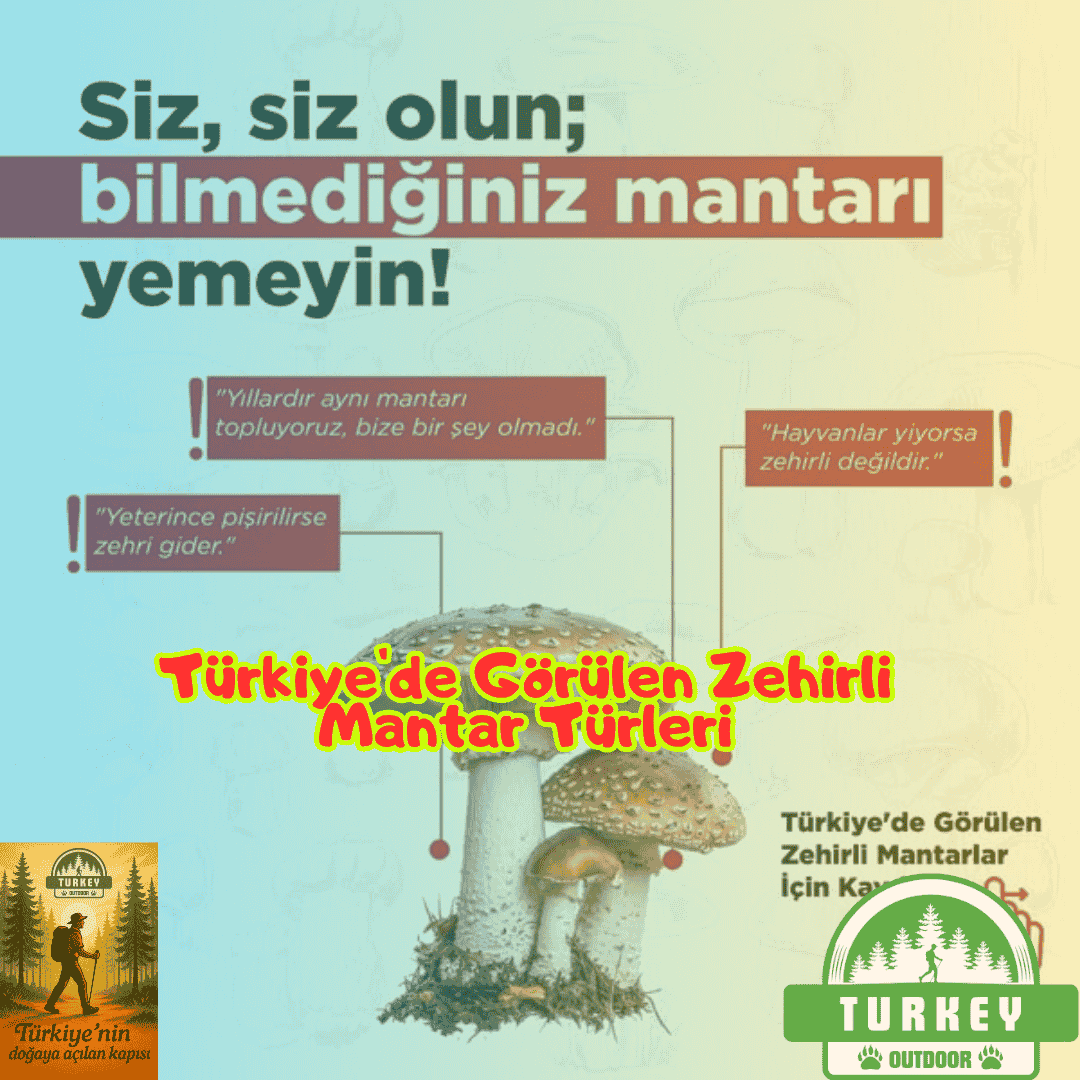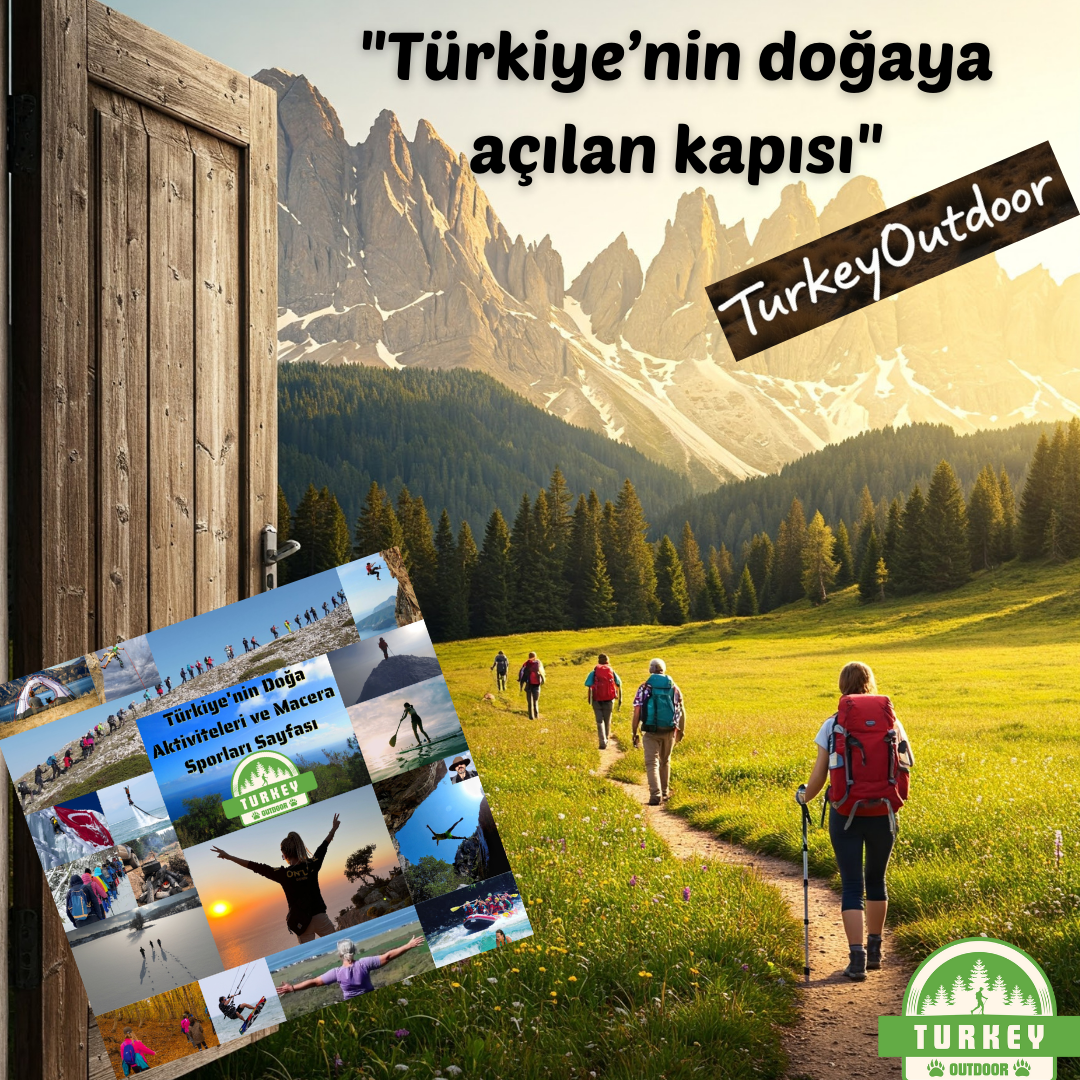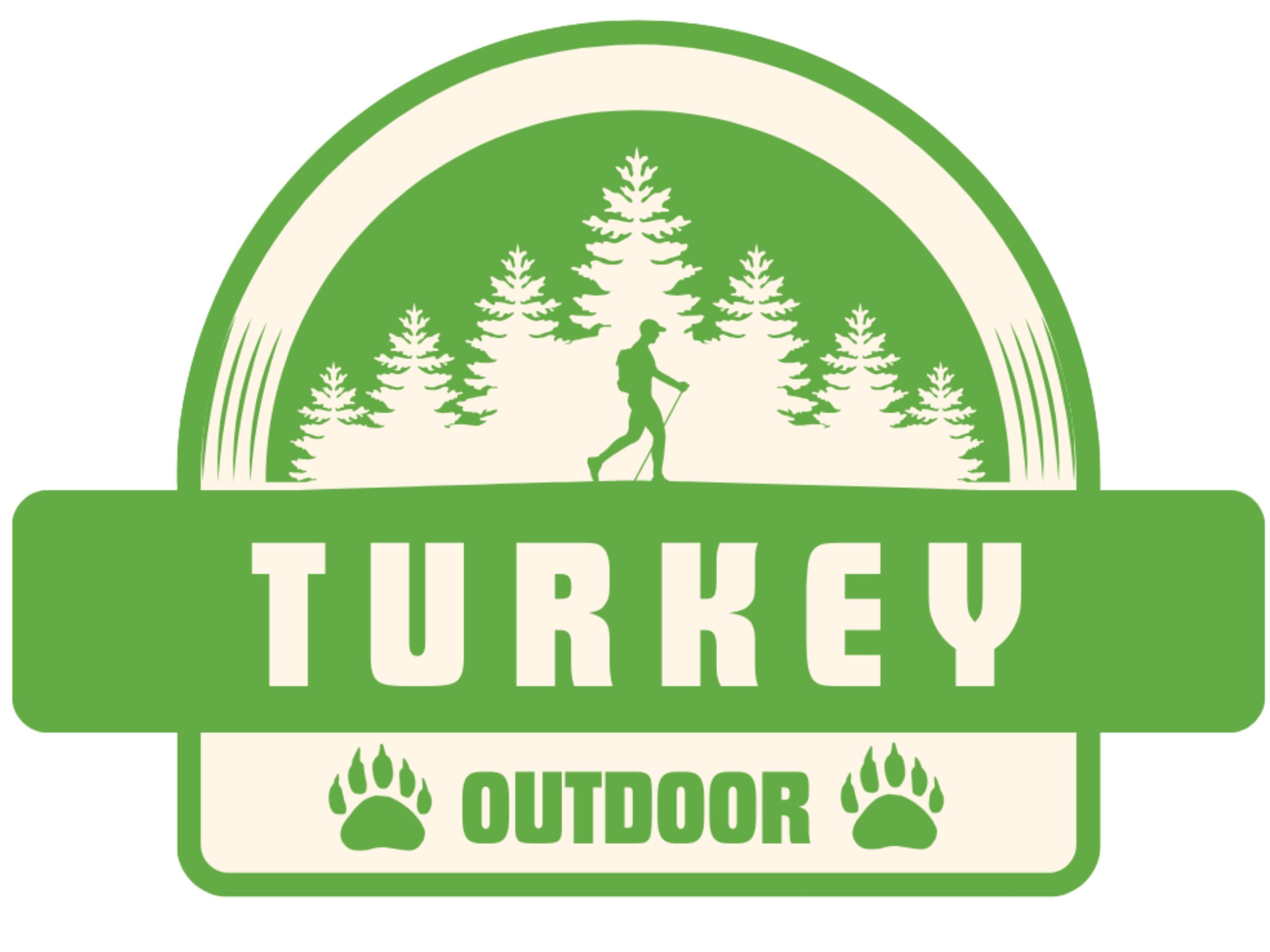Poisonous Mushroom Species Found in Türkiye

Turkey's gateway to nature, the Nature Activities & Adventure Sports Page , is Turkey's most up-to-date and comprehensive information source for anyone interested in nature sports. 🏕️⛰️ It's a comprehensive platform offering nature enthusiasts across Turkey the most up-to-date events and guides, from camping sites and hiking routes to mountaineering and extreme sports.

The page, which keeps its finger on the pulse of the outdoor world with its powerful communication network that brings together nature lovers, also offers an indispensable resource for those exploring Türkiye with its province-specific travel guides. The platform aims to raise environmental awareness and prioritizes sustainability and respect for biodiversity while engaging in outdoor activities. 🌿
Turkey is a country rich in mushroom diversity, home to over 100 species of poisonous mushrooms. Approximately 10 of these can be fatal. Consuming mushrooms collected in the wild is risky, as poisonous mushrooms are often confused with edible species. The Ministry of Agriculture and Forestry also emphasizes that unknown mushrooms should not be eaten. Symptoms of poisoning typically include digestive problems, hallucinations, or liver/kidney damage, and require immediate medical attention. The safest approach is to consume only mushrooms identified by experts or cultivated.
Below, I've listed the most common poisonous mushroom species in Türkiye, along with their common names, scientific names, and brief descriptions. This list is compiled from reliable sources such as Wikipedia, TÜBİTAK, and the Ministry of Agriculture.
| Common Name | Scientific Name | Description and Danger Level |
|---|---|---|
| Village Migrant / Homebreaker / Angel of Death | Amanita phalloides | Olive green or yellowish capped, white-lamellated; contains deadly amatoxin. Responsible for 90% of poisonings in Türkiye; causes liver and kidney failure. |
| Bride Mushroom / Fly Mushroom | Amanita muscaria | White spots on red-orange cap; causes hallucinations and nausea. Easy to recognize by its appearance, but poisonous. |
| Panther Mushroom / Spotted Mushroom | Amanita pantherina | White spots on the brown cap; neurotoxin, carries the risk of seizures and paralysis. |
| Morel Midwife | Gyromitra esculenta | White and yellow, brain-shaped; poisonous with gyromitrin toxin, causes liver damage. Confused with edible morels. |
| Devil's Mushroom | Boletus satanas | Gray-white cap, red body; turns blue when cut, causes stomach poisoning. Can be fatal. |
| The Poisonous False Bride / Paxillus | Paxillus involutus | Brownish-yellow cap, lamellae turn brown when touched; causes kidney damage and chronic poisoning. |
| False Grandfather Mushroom | Amanita virosa | It is similar to the white, grandfather mushroom; it contains amatoxin, causing severe liver toxicity and is fatal. |
| Egg Mushroom / Ugly Mushroom | Amanita caesarea (poisonous variations) | Egg-shaped; poisonous in early stages, causes digestive problems. |
Notes and Warnings:
For more detailed information, consult the Ministry of Agriculture and Forestry's guidelines or experts.
Here are the main poisonous mushroom species seen in Türkiye:
Even small amounts of these mushrooms can cause liver and kidney failure, which can lead to death.
- Amanita phalloides:
- Appearance: Cap is olive green to yellowish brown. Lamellae (under the cap) are white.
- Toxicity: Responsible for the vast majority of mushroom poisonings worldwide. The mortality rate is very high. The poison is not eliminated by cooking or drying.
- Amanita muscaria (Amanita virosa):
- Appearance: Pure white in color, looks "angelic" but is extremely deadly.
- Toxicity: Equally poisonous as Amanita phalloides .
- Amanita verna:
- Appearance: It is a mushroom with a white cap and white lamellae.
- Toxicity: Contains deadly amatoxins as above.
- False Grandfather Mushroom (Gyromitra esculenta):
- Appearance: It has a curved brown hat that resembles a brain.
- Toxicity: Even when cooked, the substance it contains, gyromitrin, can damage the liver, kidneys, and nervous system. Although it's consumed cooked in some regions, the risk is very high.
- Goblin Mushroom (Amanita muscaria):
- Appearance: It is a well-known mushroom with white spots on its red cap.
- Toxicity: Although not fatal, it causes severe hallucinations, nausea, vomiting and epileptic seizures due to the muscimol and ibotenic acid it contains.
- Devil's Mushroom (Boletus satanas):
- Appearance: It is a tubular mushroom. Its cap is grayish white, its body is reddish, and its flesh is bluish.
- Toxicity: Causes severe gastrointestinal poisoning when consumed raw or undercooked.
- Greenish Chlorophyllum (Chlorophyllum molybdites):
- Appearance: Very similar to the edible Parasol Mushroom . Its most distinguishing feature is that its lamellae (under the cap) turn greenish as it matures.
- Toxicity: Causes severe symptoms of gastroenteritis.
- Hairy Mushroom (Lepiota brunneoincarnata): A small mushroom that is deadly poisonous.
- Amanita pantherina: Spotted like the Goblin Mushroom , but with a brown cap. It has similar effects.
- Entoloma sinuatum: Causes severe digestive system poisoning.
- Galerina marginata: Small, brown, and contains deadly amatoxins. Often found on tree trunks.
- Don't Trust Popular Misconceptions:
- “You can't tell if a poisonous mushroom is by looking at it, smelling it, or tasting it.”
- “The mushrooms that animals eat may be poisonous to humans.”
- The belief that "food will not darken even if cooked with a silver spoon or onion" is completely wrong.
- "Mushrooms with worms or insects are non-poisonous" is not true. Insects and humans have different metabolisms.
- Consume Only Mushrooms Verified by Experts:
- Collecting mushrooms from the wild requires expertise. A 100% accurate identification of a mushroom is only possible through microscopic examination.
- Do not buy mushrooms sold in markets under the name of “natural mushrooms” or those of uncertain identification.
- The safest option is to buy cultivated mushrooms ( Agaricus bisporus ) from markets.
- If signs of poisoning appear:
- If symptoms such as nausea, vomiting, diarrhea, abdominal pain, sweating, dizziness, visual disturbances occur,
- Apply to the nearest healthcare facility without wasting time.
- Call the National Poison Control Centre on 114.
- Take a piece of the mushroom you want to eat (cooked or raw) with you. This is vital for diagnosis and treatment.
Remember: Poisonous and edible mushrooms can grow together and look very similar. Avoiding even the slightest hint of a mushroom could save your life.
These mushrooms are usually seen in forested areas (especially in the Black Sea and Marmara regions) in spring and autumn.
It is impossible to distinguish poisonous mushrooms by color, smell, or the belief that "if animals eat them, they are safe," and cooking does not remove the poison.
If you suspect poisoning, call 112 immediately and take the mushroom sample with you.
Remember: Personal safety and environmental protection are your responsibility in all outdoor activities. Always be kind to nature, don't leave trash behind, and comply with current laws.
For detailed safety information, visit our Safety and Responsibility Guide page. For more information on camping and caravanning, you can also check out our Camping Guide page. We wish you enjoyable and safe outdoor adventures!
turkeyoutdoor






